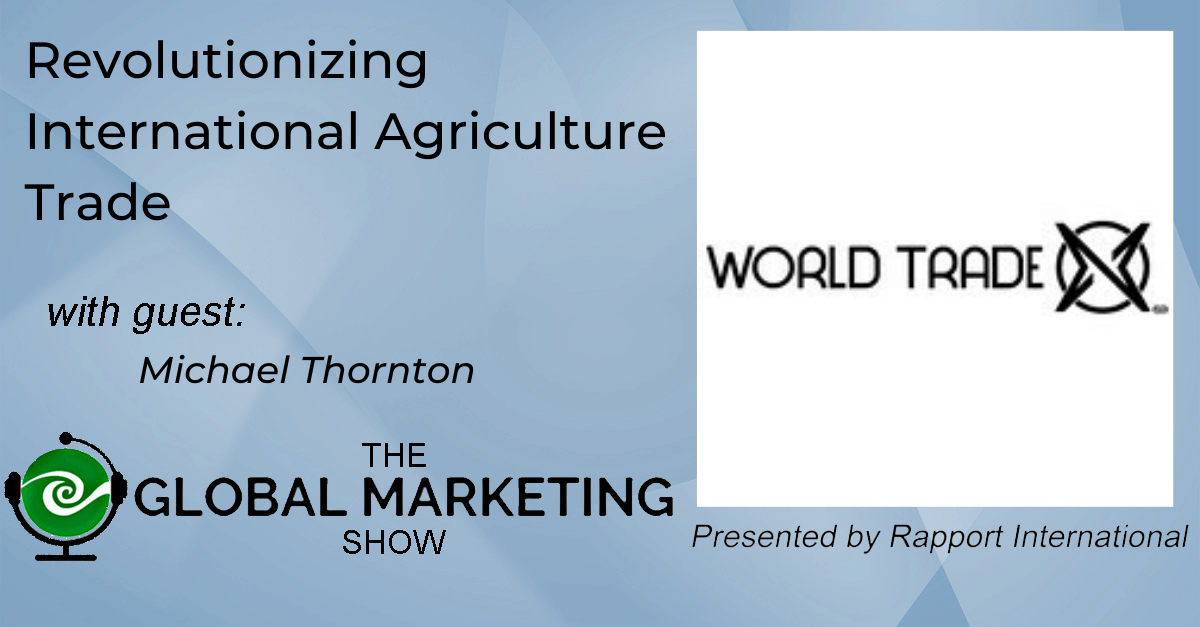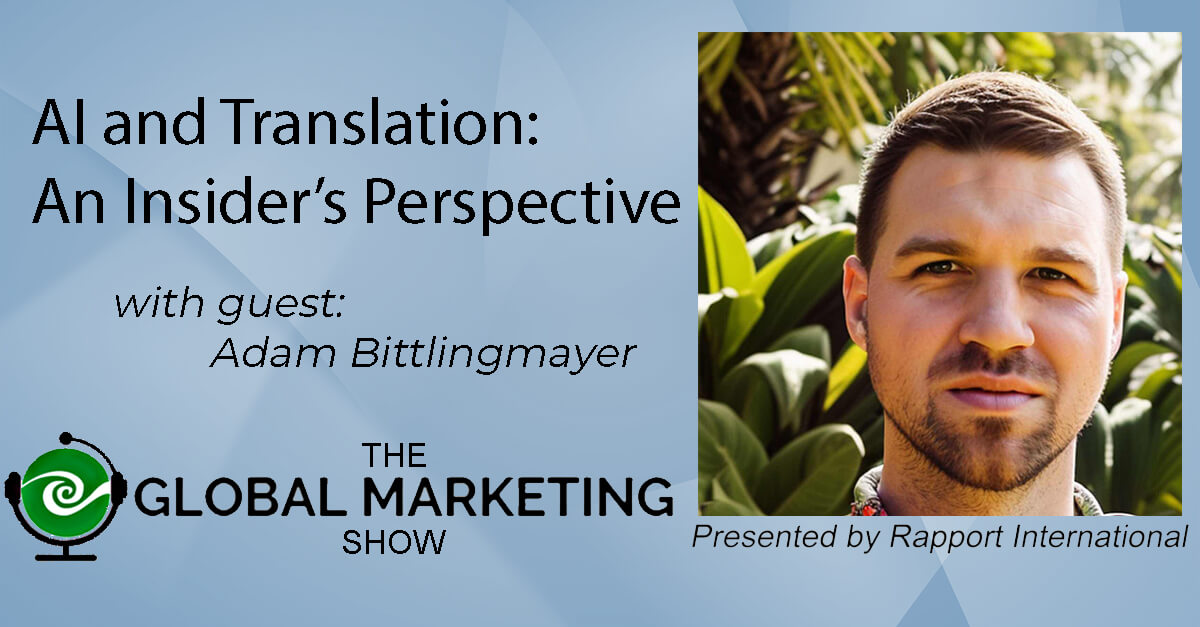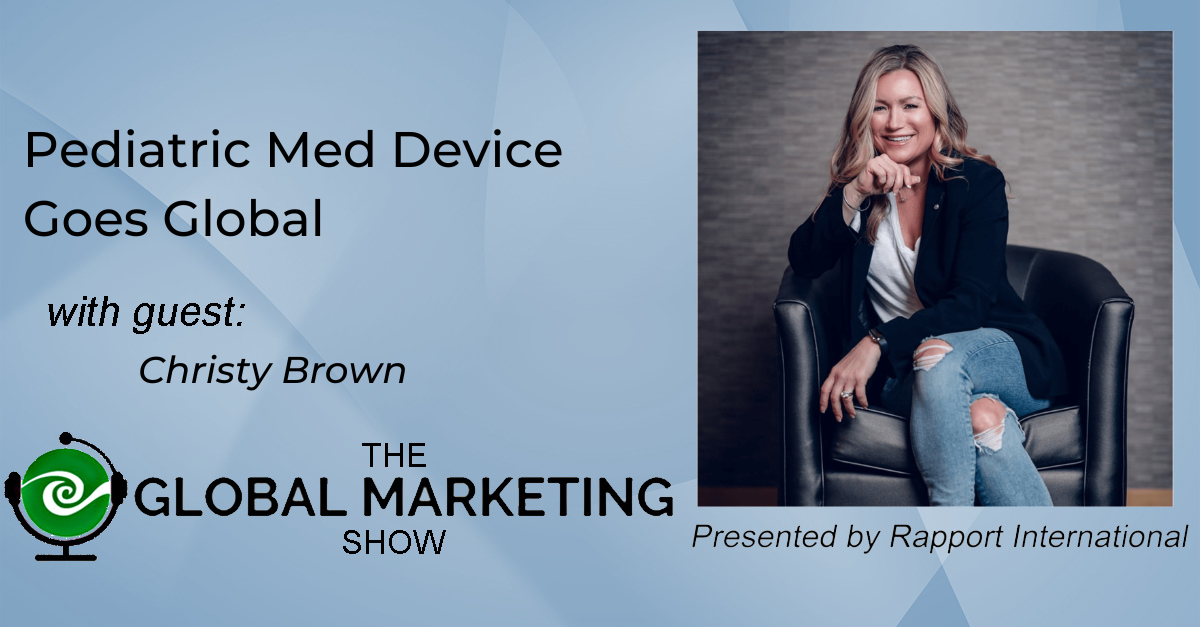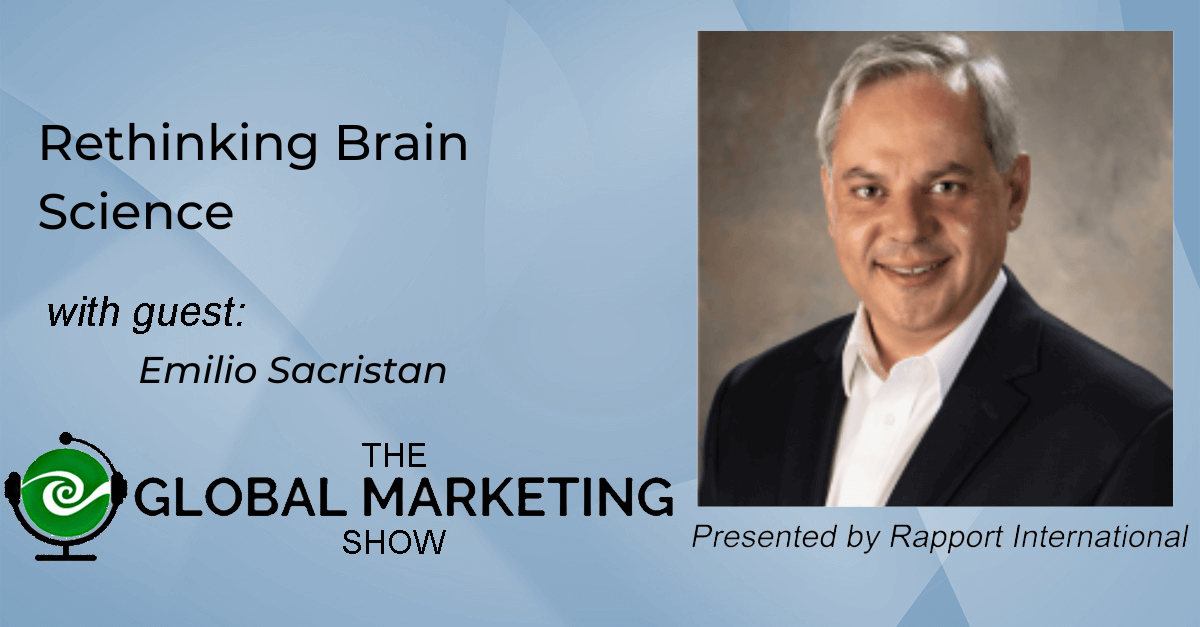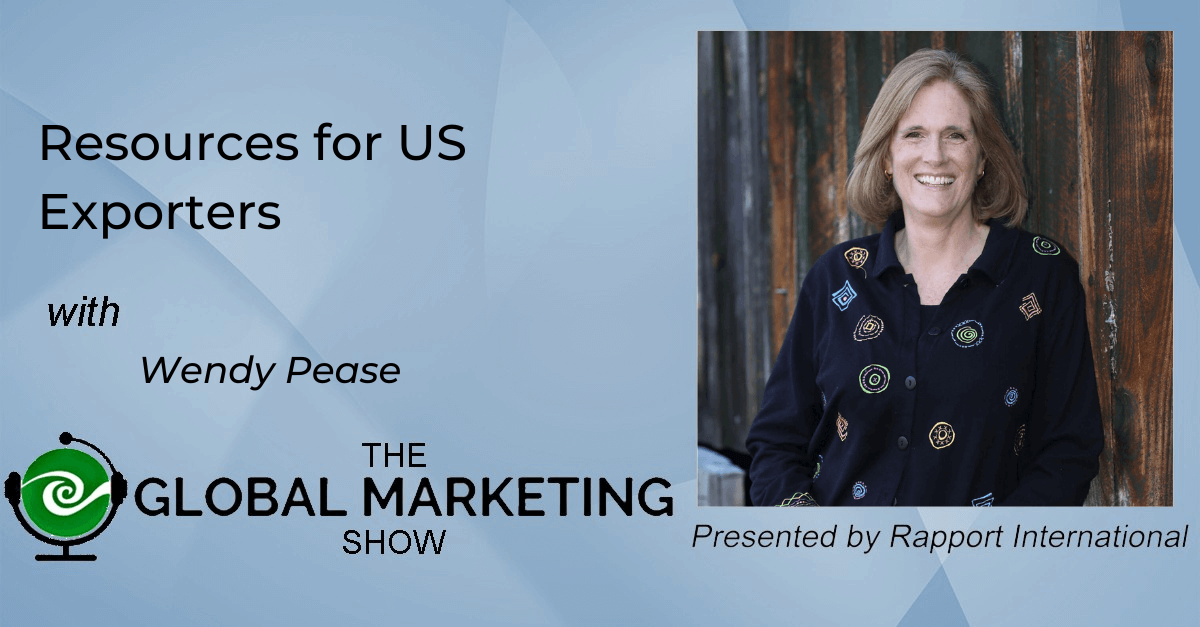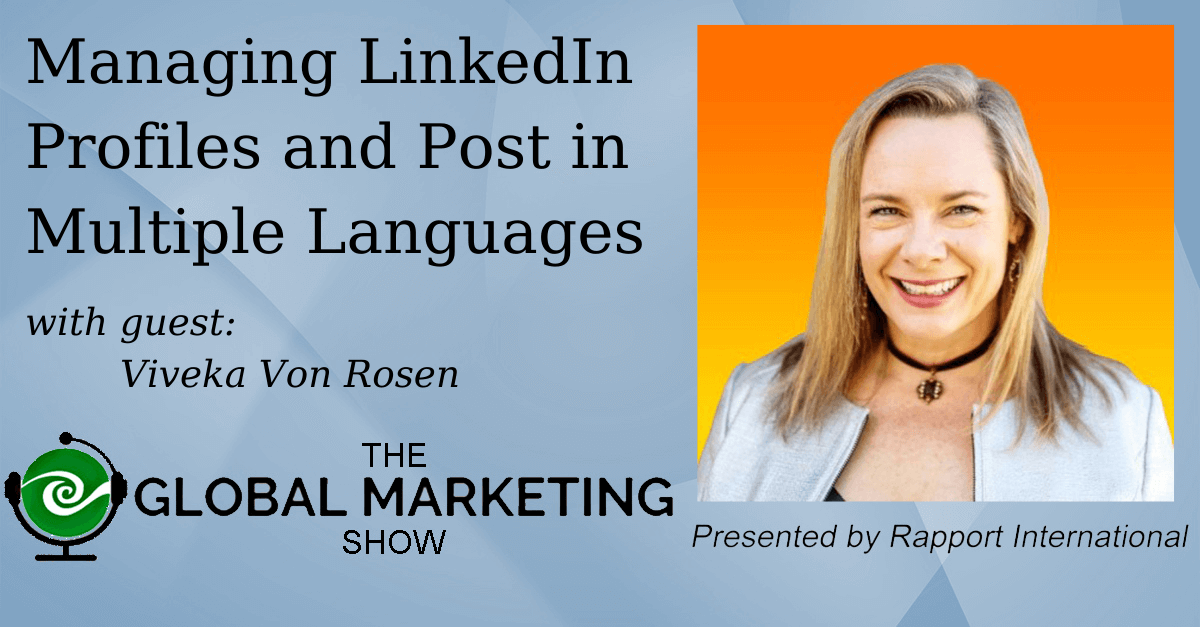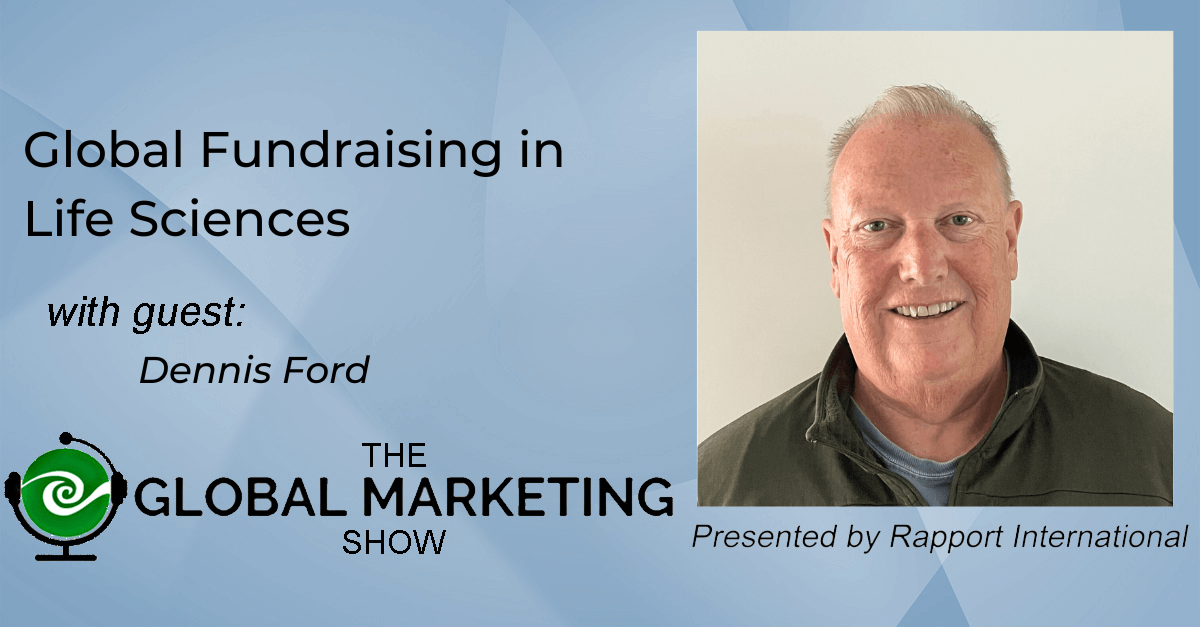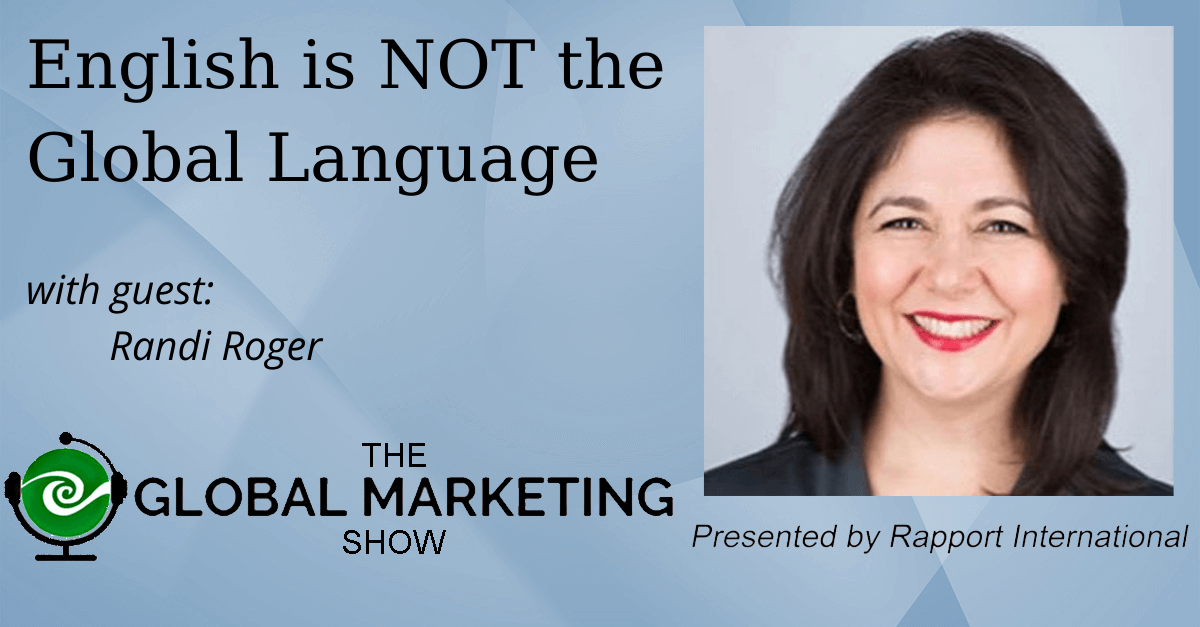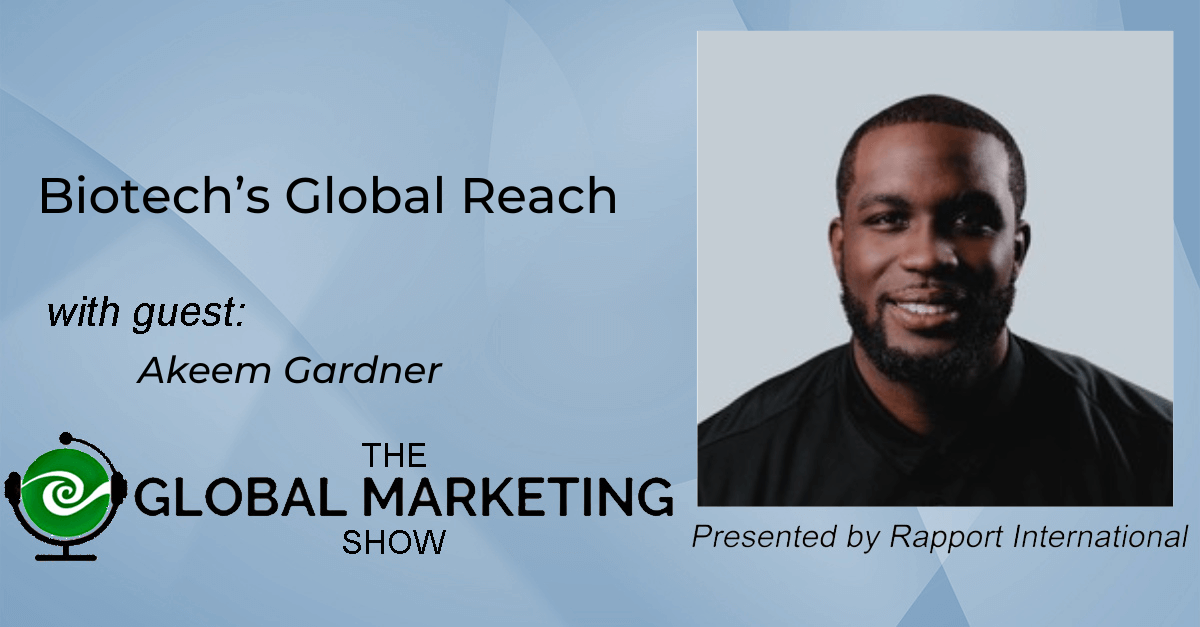Dr. Eva Pell wrote a series of books that bring science, language, culture, endangered species, social issues, and complex concerns to light. The books are BRILLIANT and are a hidden secret for teachers and parents! The books are geared towards children ages 9-12 and will keep them engaged while they learn through adventure and fun. The series include:
- ResQ and the Baby Orangutan – Engineering boy genius Wheaton and his nature-loving cousin Stowe set out on their first mission for ResQ, their organization to save the endangered orangutan in Borneo.
- ResQ Takes on the Takhi (the Mongolian Horse) - A harem of takhi—Mongolian wild horses—wandered out of a national park and into danger. Engineering boy genius Wheaton and his naturalist cousin Stowe shuttle to Mongolia on this second mission for ResQ, their organization to save endangered animals. Against wolves and weather, by helicopter and on horseback, and helped by their new Mongolian friend Sarnai, they struggle to guide the lost horses back into the park before winter sets in.
- ResQ in Panama - All over the world, frog populations are declining, with many frog species headed toward extinction. Cousins Stowe and Wheaton join on a mission to capture and breed endangered frogs on this third mission for ResQ, their organization to save endangered animals. A jaguar, a band of migrants, darkness, and flooding confront them in the indigenous village they make their base. Wheaton’s engineering skills and Stowe’s skills as a naturalist both come in handy as they seek to save not just frogs this time, but also villagers.
Each story has the hero children visiting a different country where they work with locals to save the endangered species.
The characters are fun – Wheaton is a boy genius that understands material science – during the interview Dr. Pell explains that material scientists study the properties of materials like nano technology that will allow us to swallow a small camera for a colonoscopy or cloaking, the material in the invisibility cloak from Harry Potter. Stow, who is Wheaton’s cousin, has dyslexia and is home schooled. Stow is a knowledgeable naturalist who educates about the animals and nature surrounding them on the trips.
While on their missions, they learn words from the local language and explore the culture. Through their experiences, they observe that the locals have tremendous knowledge about the environment that even the smartest scientist from another country couldn’t understand.
Dr. Pell’s story about playing with her grandson, Hudson is delightful as she shares how the idea for the books arose. Instead of fixing the broken leg on the same old stuffed animal, she created stories about traveling to countries all over the world to save animals. They learned what animals lived in what countries and consulted maps before taking off on the sofa that became the spaceship.
As someone who understands that complex problems take a multidimensional approach to solving, Dr. Pell also believes that the best learning comes from a multidisciplinary approach to teaching.
Dr. Pell, before retiring and becoming an author, served as the Undersecretary for Science at the Smithsonian Institution and the Sr. Vice President for Research and Dean of the Graduate School at Penn State.
Check out her books at https://tumblehomebooks.org/?s=resq
And make sure to pass this along to a teacher, school administrator, or parent with children ages 9-12.
Links:
Buy on Amazon, Barnes and Noble
Website: https://tumblehomebooks.org/?s=resq
LinkedIn: https://www.linkedin.com/in/eva-pell-555070160/
Email: pell.author@gmail.com
Connect with Wendy: https://www.linkedin.com/in/wendypease/
Music: Fiddle-De-Dee by Shane Ivers https://www.silvermansound.com
ATTENTION: Below is a machine generated transcription of the podcast. Yes, at Rapport International, we talk a lot about how machine translation is not good quality. Here you see an example of what a machine can do in your own your language. This transcription is provided as a gist and to give time indicators to find a topic of interest.
[00:00:34] Wendy: Buenos dias! Guten tag! Namaste! However you want to say hello. I am, really, really excited to introduce you to our guests today, but before I do that, I wanna welcome you to the Global Marketing Show that is sponsored by Rapport International who connects you to anyone anywhere in the world by providing high quality translation services in over 200 languages.
[00:01:03] So the good news this week is that, Grant Cardone's publisher just contacted us to translate his latest book that's called 10 X Kids. So we're working on that project now. And on that theme of books, I've got a tidbit from Rapport International with some information about books in Iceland.
[00:01:26] Did you know that in Iceland. They publish more books per capita than any other country, and they sell most of those books between September and November due to people preparing for, jolabokaflod. That's the closest I can get the pronunciation or it's, loosely translated as the Christmas book flood. It's the tradition of exchanging books as present on Christmas Eve and then spending the rest of the night in bed, or by the fire reading and eating chocolate.
[00:01:58] So we're continuing on this theme of books today. Now with our guest who is a very distinguished guest and wrote a book. So it's a little bit unusual for our podcast to get into this, but since we're translating a book and this book is phenomenal and it's centered on a lot of things global, I wanna go ahead and introduce Dr. Eva Pell so Dr. Pell welcome so much.
[00:02:25] Eva: Thank you.
[00:02:26] Wendy: Welcome to the show today.
[00:02:27] Eva: Thanks.
[00:02:28] Wendy: So Dr. Powell is an environmental scientist and research administrator. She was at Penn State and then she was under Secretary for Science at the Smithsonian, and she believes deeply in the power of science to help save our planet.
[00:02:45] and I got to know her cuz she worked with my dad at Penn State and the plant pathology department before she got her big promotion to go to the Smithsonian. And I actually babysat her little girls when I was a teenager. So I've known Eva for a long time and it's exciting to me to see all that she's accomplished through her professional life.
[00:03:09] And now as you know, she's decided to write books, To inspire the next generation with a series of adventure novels that are set around the world, all about rescuing endangered species. So I'm so excited to have you here. Dr. Powell is her official title, but I'm gonna call her Eva today,
[00:03:29] please.
[00:03:31] Yes, Yes. So, so thank you and, and on our you know, topic of books. Tell me a little bit more about what inspired you. To write your books or tell, tell me first about the books, you know, what are your titles and what, and then what inspired
[00:03:48] Eva: you? Sure. Thank you first off, for having me on on the show. I'm really excited to share some of my adventure in writing these.
[00:03:58] Books and my journey as a scientist with your audience. So the series is called Rescue, which I spell r e s q, to make it a little cuter . And the, the idea was to introduce kids to all the different reasons why species are becoming endangered. But I wanna tell the stories. International settings where this, these endangerments occur.
[00:04:30] And I wanna give kids a context because it's easy to sit in a classroom or in front of your TV and be really sanctimonious and say, Oh, this terrible thing is happening without understanding why. And the whys are layered. They're complicated. At one level, we have a book on rescuing a baby orangutan who's been poached.
[00:04:54] And at one level, because habitat is being destroyed in Indonesia where most orangutans live you can be very sanctimonious and say, Well, there shouldn't be palm oil plantations. It's a very bad thing. Well, In a two dimensional world. That's true. But Indonesia's also a country, one of the most populous in the world.
[00:05:15] People are very poor and this provides a source of income, so you have to figure out. How to provide some habitat because the orangutans are very important, but at the same time do it in a way that's respectful of the challenges, challenges of society. So I try to tell these stories in the context of the geographic areas, where they occur culturally, where they occur.
[00:05:42] Develop some understanding of the communities, their diet, their language, apropo for Rapport. In every book I try to introduce Indonesia is the Indonesian language in rescuing an endangered horse in Mongolia. We actually use some clic to introduce Mongolian words and my most recent book Rescue in Panama can We Save the Frogs?
[00:06:07] We use a lot of Spanish. So it's, it's kind of a holistic strategy, but I want it to be fun. So in behind me, I've got my little guy. Who is a 11 and he gets older as the series goes along. Little boy who's a boy genius and he's a material scientist already. He has an undergraduate degree and he invents all kinds of crazy gizmos based on real material science to try to help with the rescues.
[00:06:37] And his cousin, who's a year later, her name is Stow, and she's to his. To my left. I don't know what direction she is for your viewers. And she's a homeschooled girl and she knows if she lives in the rural part of Vermont and she knows everything there is to know about the natural world. And they form a great combo in every country they go to.
[00:06:59] They meet young people, usually a little older than they. Who are natives of the area, sometimes from native tribes who really show them the ropes because they have concepts for how to do this. But they don't know though. They don't know the culture, They don't know how the countries work, and so they form these really nice bonds and get into lots of trouble, of course, because it is a kid story, and hopefully every time they're getting into trouble, we're peeling back.
[00:07:29] Another piece of what's going on in that country. So that's kind of, that's kind of what the way the books are work. And I think the other thing you want to know is how I got into this.
[00:07:40] Wendy: So, wait, hang on a second, because that, that, that was so rich of everything that you talked about. And I know I read the one about frogs, which incorporated the Spanish.
[00:07:50] And what I also thought you did a really nice job was, is when you had the kids working with the natives showing how much knowledge the, the local people had. Like you can't just get trained. In the university and then expect to land in a country and, and come in and solve the problem. Like that complexity really came across with, with the local people having this, this indigenous knowledge.
[00:08:16] Eva: Oh, no, I'm, I'm so glad that you appreciated that because it's the book that you read takes place in Panama and the Smithsonian has a major installation there called the Smithsonian Tropical Research Institute, and that fell under my purview, and I was there many times and have many friends in Panama.
[00:08:36] And I know people who actually worked in one of those ember a villages in the Darien, which is where a lot of the book takes place. And when I was working on this, I, it was so wonderful. I got, I got to relate to all those people and reconnect with them. And one of the things they told me is the indigenous community.
[00:08:59] They're not overly impressed with the problems with frogs, even though the frogs all over the world are dying due to a fung induced pandemic, but they are terrified of the loss of their forests. Due to climate change and due to deforestation because that is the mainstay of their cultures and of their livelihood and of, and of just their, their, their human environment where they live.
[00:09:27] And so they have worked closely with scientists. On research to understand the role that trees play in taking up carbon dioxide that's in the atmosphere to reduce CO2 load. And that is a bigger concern to them. And so I, I did weave that into the book because as you said, these are people, they know every tree in the.
[00:09:52] And they care if we care about deforestation, let me tell you, they care a whole lot more. And so it was, you know, it was just having that shared with me by people who actually are in the field studying that piece of it and then being able to bring it into the book was was very special for me personally.
[00:10:14] Right.
[00:10:14] Wendy: So that's I mean that's a big challenge to write for kids. About science, culture, species, endang, endangerment, culture geography. I mean, there was, there's so much wrapped in here. So how did you get the idea to write these books, and then what inspired you to get
[00:10:38] Eva: it done? Well there's, there's the, the humorous piece of it, and then there's how it really all came together.
[00:10:46] So when I was still working at the Smithsonian, I mean, first I was a scientist. I worked on air pollution problems on. Then I was in a research administrator at Penn State and all the science of, I was vice president for research. All the science at the university fell under my purview and I got to know a lot about material science, which I knew nothing about before, and was very, is very strong at the university and was fascinated by the kinds of problems.
[00:11:12] That material science could answer and marrying together biology and material science, I could see huge applications. So that was all just very common. Can you
[00:11:21] Wendy: define material science for all of us listening and have an idea but
[00:11:25] Eva: don't know well. Everything in our lives is made of materials, but materials have lots of properties and we've all heard about nanotechnology.
[00:11:38] That's a piece of material science where you take materials and you make them extremely small so that they can do things. In, in medicine for example, where you know now you hear about people getting, there will be PLA ability to get a colonoscopy by swallowing a little camera. Well, let me tell you, it's really gonna be miniaturized.
[00:11:58] And there are chemotherapy techniques that use materials and you have the chemotherapeutic agents on these. Tiny, tiny little objects that then can target right where your tumor is. And then there are materials that are used in something called cloaking, which you may have read about in Harry Potter.
[00:12:17] But they use that to cloak. Defense vehicles could be planes to make them less visible or invisible. And it goes on and on. So materials have lots of different kinds of applications and there are scientists who work on glass and you, you name the material and do things with it that none of us would ever have been able to imagine.
[00:12:39] So it's, it's. It's kind of a blend of physics, chemistry, and engineering around the applications of materials. So anyway, so that's when I got interested in that piece of it, and that's how Wheaton came to be. Material scientists. And then I go to the Smithsonian, which has the most amazing cadre of scientists that work all over the world, including Panama.
[00:13:02] And they. Study endangered species and the national zoo has a 3000 acre place out in front Royal Virginia. It's not open to the public and they breed endangered species. It's so cool. One October, one day, one Saturday in October every year if you live around DC find out when it is, you can go down there and you can go to the Conservation Biology Institute.
[00:13:27] But the scientists there are amazing and I, you know, so it. Real interest. So that was like the professional side. Now comes, How did the book start? So, while I was still working at the Smithsonian, I happened like everybody else to have my age to have grandchildren and I, a little grandson who at the time was four and I'd go visit him and he'd say, Nana Sally broke her leg.
[00:13:50] Here's my little doctor kit. Come help me rescue her. So if you've ever played with a little kid, you know, when they have fun with a game, you could play it over and over and over again. So after about the third time of wrapping Sally's arm and taking her home, I thought, I work at the Smithsonian. I could make this game more fun.
[00:14:10] So I said Hotson. I just got a phone call that said that a cheetah in Kenya had fallen into a trap and broken its leg and I think we have to go and help it out. Do you know where Kenya is? And of course he didn't. So we looked on the map and then I said, Now how are we gonna get to Kenya? And he goes, Joe Chimp on my, So it's my magic spaceship.
[00:14:32] It'll get us there. And then I would teach him how you had to tranquilize it for the tranquilizer gun and what we had to do and where we were gonna take it. He got to love this game and we traveled literally from the sofa all over the world rescuing endangered species. So fast forward a couple years and I retired from the Smithsonian and I wasn't particularly old and I was not very happy being retired.
[00:14:58] And the next time I showed up at his house and he said, Nana, do you have a rescue for me? My daughter said, Stop playing games and start writing your stories down. So . So that's how it all got started. And then when I started to put it together, I thought, I believe deeply as I think I've already suggested, that you ha if you're gonna solve problems in the world.
[00:15:24] You have to take a multidimensional approach. And I've always believed, and I promoted it in my professional life, that that's also the way you should teach. You shouldn't have a science class over here and an English class over there, especially in the younger grades. And so I thought, could I write a book that could be used in schools or that kids could read for fun that would naturally marry.
[00:15:51] All the pieces that go into solving problems all the while, while making science seem so exciting and introducing what you do with the life sciences, what you do with the physical sciences to hopefully inspire kids to say, Oh, you know, I'd love to be wheat. Or, Oh, stow is dyslexic, but look at all that she's accomplishing.
[00:16:19] And so that was the grand idea. And of course then I had to as person who's written a lot for, as a scientist, scholarly work, I had to learn how to write for kids, which was its own adventure for me.
[00:16:35] Wendy: Imagine that's a completely different voice and style, but you were, you,
[00:16:39] Eva: you, you've done it really, really well.
[00:16:42] Oh, thank you. Yeah. Yeah.
[00:16:45] Wendy: And so tell me more about the writing journey. How did you pull it all in? Or did you just imagine you were playing
[00:16:51] Eva: with Hudson? Well, it was part of it, we had so many different games there, so that I had pick out, okay, where was I gonna start? And so I thought, Well, I'll start with something really charismatic, like the orangutan.
[00:17:04] Knew a little bit about it because people at the Smithsonian studied orangutans and they were trying to work with Indonesia actually to figure out how could they, how could they help to create these islands, these conservation islands on Bornia and Sumatra, which is the only place in the world where orangutans live.
[00:17:23] All, all the, all the while in parallel with palm oil plantations and, and so I was very interested in that and. And then I was interested in the ALS ski horse, which is Mongolian as Talkie, and that was the second book Rescue Takes on the Talkie because at the Smithsonian they bred those horses. They had gone extinct in the wild, and zoos around the world had bred them.
[00:17:49] And reintroduce them. So that was a wonderful example because it was an example of a catastrophe where an animal had gone extinct, but it in the wild, but it's been reversed. And today there are quite a few hundred of these animals roaming free and. Having lived through multiple generations in the wild.
[00:18:09] And then of course in the Frog Book is very com much more complicated. It's for a fifth grade class, I think. And that's all about a pandemic. And the Smithsonian was very involved in creating some of these, what they call Noah's arcs, where they would find frogs that were not infected with this fungus.
[00:18:26] It's in the Kitcher family. And would breathe them in captivity and the hope that the disease will die down, and then they can be reintroduced. I mean, that's kind of the background. So I had all these ideas and at first I thought, Oh, you know, you'll write one book and it'll be like, there'll be different chapters with these different endangered species.
[00:18:46] I'm trying to figure out how to do this whole thing, and someone I knew who was a very prominent children's librarian at the university, a children's education librarian, he said, You should really join a writer's group. That's what people do when they start writing. So I joined a Writers for Kids group here in State College, Pennsylvania, where I live, and it was very interesting.
[00:19:07] I come with this manuscript. They said a couple things. One is they said every chapter is a book. You need to flesh it out. And then they said, You write really well. And then there's this pregnant pause. And then very softly this young man says, But not for kids. ,
[00:19:28] Wendy: which was
[00:19:28] Eva: of course totally true and very bruising initially
[00:19:34] But you know, the most important thing if you try something new is you have to take the criticism, go brush yourself off, and then look at it and. Except they're absolutely right . And we would meet once a month and they were extremely helpful in, in getting me to understand. And I'd never written fiction before, let alone fiction for children.
[00:19:56] All the issues about voice and Tense, and I mean, just so many things that you never thought think about as well as the richness of description, because when you're a scientist, you're taught to write very spare. Every word, every page costs when you publish. So when you write science, it's. Keep it simple.
[00:20:17] Get to the point, be clear and get out in as few words as you can do to be complete. When you write a grant proposal, they tell you, you know, 15 page limit. If you send 15 and a half pages, it's gonna get cut off. So you. You learn to write correctly and spare. And not that you wanna be verbose when you write fiction, but it's, there's more space.
[00:20:42] And so learning to do that, it requires, I mean, you gotta read a lot. You have to see what's out there. So it was quite a few years until the first manuscript was finished and you know, and then I wrote the others. Finding a publisher was a challenge. I came upon Tumble Home, which is the publishing company that publishes for me.
[00:21:03] It's a wonderful fit. They're a not for profit, and they're, they're dedicated to writing books, to stimulates student interests, children's interest in science, and they have a lot of really interesting titles, both fiction and nonfiction that fall into that gap. I think one of the big problems I had initially is I'm a non, you know, I'm a nonfiction person writing fiction, so I'm, you know, so excited by all this research I'm doing and I'm pouring the facts in, and there was a woman in my group.
[00:21:39] And she was a picture book writer and very po. A real poet. And every week she'd go, Oh Eva, this is getting me, giving me a headache. All this facts. And again, initially I'm going, What? This is great stuff. And then again, I. Went for a swim in the at the Y and I'm thinking about it underwater, and I'm going, Yeah, except Jody's not wrong.
[00:22:02] So I came up with this concept, Thatto, the girl is dyslexic, that was always in there and that she's homeschooled and her mother tells her, you know, so you can go on these adventures with your cousin and your grandmother, the grandmother's. A photographer, a wildlife photographer, she's actually the brains behind the organization.
[00:22:24] And although I always push her off to the side and and she says, Still, but if you wanna go, if you wanna go on those rescues, you must write logs in which you tell me what you're doing, why it's important. And that's where I parked all the fact. The nonfiction and I, it, it, I think it's pretty effective and I think it will work very well for teachers because if they want the kids to learn the facts, whether it's, you know, what's a chromosome, what's a kit?
[00:22:58] Fungus, how was the Panama Canal created, You know, what's the, the pollution problem in Mongolia? Those things are all in short, you know, one or two page logs and the, and the kids can read it. But if some kids reading for fun and they're not, the fact, you know, some kids are fact machines, They, they, they thrive on it.
[00:23:20] And some kids, I just wanna know what happens in the story. You could easily cruise over the logs or use the logs and so it got around.
[00:23:29] Wendy: Interrupting that because I would come to the logs and I, and my reading style would change cuz I'm going from story to now. Oh, let me look at the facts that they learned.
[00:23:40] So that was a very creative way to handle that. Yeah. Yeah. Now how about the target markets? So you said that the one for Panama
[00:23:50] Eva: the frog one was
[00:23:52] Wendy: for more for fifth graders. Can you tell me about each of the books and what, what grades
[00:23:56] Eva: and why you targeted them there? Sure. I think I would say that they're, the books are largely for kids, third to fifth grade, the name of each book
[00:24:05] Wendy: too.
[00:24:05] So we, we
[00:24:06] Eva: get that out there. Yeah. Right. So the first book I wrote was Rescue and the Baby Orangutan, and that's the one that's based in Indonesia. So it's the first book I've tried to grow the kids, you know, as they get a little bit older as we go. The, the, that's the first introduction. So it's also where a lot of the background is presented.
[00:24:28] Now, I've written each book, so it's freestanding. You could pick up the third book without having read the first two, and I make sure that, that that's okay. So they're not, But, but they are sequential in terms of the chronology of the kids. That's probably it's the shortest and it's probably this, the absolute easiest read.
[00:24:47] It's written in Wheaton's Voice, The Boy. I certainly think that you could read it to a second grade or easily apparent that wanted to talk about these things. His or her child. I read it to one of my grandchildren when he was in first and second grade, and he happens to be fascinated by nature and he got the whole thing.
[00:25:08] But for a kid to read themselves, I think a, a good reader. Third grade is no problem. The second book is Rescue Take On the Talkie Takes on the. And I only regret that I didn't say the Alki horse because then people who are interested in horses would find it. But Taki is the Mongolian word for horse, which I think is vastly more beautiful than Alki, which was the name of the.
[00:25:36] Russian adventurer who actually exploited these horses and everyone calls 'em the P horses after Kowski. But I just thought, when I learned the word Taki, I liked it so much better. At any rate, I think that book also is fine for third or fourth grade. Both work. And the third book is Rescue in Panama.
[00:25:56] Can we save the frogs? That one? I do think it is the longest. It is the most layered story. And I think that would be better for fifth graders. And one of the reasons is that in that, in this book, the rescues really aren't so much about the frogs, it's about the study of the frogs. But in the course of doing it that there are some rescues.
[00:26:19] There's a rescue of. Harpy eagle that's damaged, which is a spectacular bird. And there's also some observation of some illegal immigrants that are being spirited through the Darien. And the interesting thing is I was very well aware of the Darien as this thorough fair. Illegal thoroughfare from South America to North America, and these people that are known as coyotes who smuggle the people through.
[00:26:48] But interestingly, in the last six months, this has received a huge amount of press so that when I wrote it, it was not so well understood. And now you can't read an article about the Venezuelans, for example problem without reading about them coming through the Dion. That's a very tough subject and I deal with it, and I hope I deal with it in a way that's not terrifying.
[00:27:14] But I definitely wanted the kids to see this because it's part of that whole, very, very remote part of the world and all the, the challenges these people face. So I think that particular topic is probably one that is better dealt with in a fifth grade class. I, I, I mean, absolutely a fifth grader can. Be introduced to this, and you could do it with a younger child, but I think it works better.
[00:27:42] I know my publisher felt this book was the most layered in terms of the le the different types of problems that we presented. So those are, those are the books. I'm not sure if that answered your whole question.
[00:27:55] Wendy: I mean, that's really neat to see that you can, you can start with like a second grader getting exposed to this going into third and fourth grade and then fifth grade.
[00:28:03] So you've got something for all the ages now. What's your, where, where would you like to see the book go?
[00:28:10] Eva: Well obviously I, I would love it if it were well enough known that kids would go, Oh, well I, I'd like to get that for my birthday and read it. And I think it is a, it can be a fun read for kids. I do think it lends itself very well.
[00:28:24] To classrooms, especially teachers in elementary school, a lot of times the same teacher teaches the language arts and social studies and, and science. So it would be not that difficult to create that kind of a unit. And we got very interested and we actually had a small grant from a foundation in called the Branson Foundation.
[00:28:48] and they gave, they, they granted enough money to my publisher to, for us to be able to get the books into 10 schools. And we piloted it with some teachers in schools with economically disadvantaged communities and had a wonderful experience with the kids. I did virtual visits with the kids and it was great.
[00:29:09] And this past summer because I really that's my passion is interdisciplinary. Education. I, I just think, as I said earlier, that's how you solve problems. So I I actually, on my on my own, I developed a comprehensive study guide for each one of the books that's Quite long, and I think there's something like 40 different points.
[00:29:33] It's got vocabulary in it, it's got creative projects, it's got questions about character development. I, I try to get into some of the core curriculum requirements that, that are mandated by so many states to, but I, I think with the right kinds of guides which my publisher and I are willing to provide.
[00:29:54] Pretty much almost no cost for if the, if if the classroom teachers are interested in bringing the book into their classroom. And I've developed a key for the teachers and I'm willing to work with them. I, I do think that's that it could be a very interesting tool for learning, learning about all of these issues.
[00:30:15] Oh my gosh. So
[00:30:17] Wendy: anybody who is listening, think about a teacher that you know, somebody who homes, schools, an administrator of a school, a second, third, or fourth or fifth grade teacher, and forward this episode right over to them because Dr. Powell, I mean, how often do you get the undersecretary of this Smithsonian to write books with an interdisciplinary and
[00:30:38] Eva: the teacher?
[00:30:39] Guide
[00:30:40] Wendy: to, to do interdisciplinary team. I mean, this is like so, so thoughtful and it, it, it puts so much in there. I'm just so, so impressed. Now, do you ever think about translating the book for for international
[00:30:53] Eva: use? We would love to do that if I know at one point I talked to some people I knew in Indonesia, but you know, nothing ever came of it because of course, like everything in life it costs and I, my publisher is very small, but absolutely.
[00:31:09] The problems we deal with, those are, Those are universal. They're not US based or English language based. The biggest, one of the biggest challenges with so many things, and certainly in writing for children is how do you get the word out? Nobody wakes up in the morning and has a genetic code that turns on and says to the person you need to.
[00:31:33] Those rescue books that put them into your classroom and how, how you do that. Social media is a piece of it. But it's very difficult. And if you, I, I've talked to a lot of people in the children's writing field and it's, everyone has the same frustration.
[00:31:54] Wendy: And that that goes across business books and, you know, any author can tell you that the hardest thing is so, so we're the, the podcast has been downloaded in over 75 countries.
[00:32:05] So if you are listening to this, go right now to your favorite place to get books and look up rescue. And, and then you should be able to find it. It's r e s q and the author is Eva Powell, e v a. P e l L towards, or Dr. Powell, you could probably put in. So this is, This is fantastic. Do you have any final words that you'd like to say about your book or about science, about
[00:32:34] Eva: conservation Global.
[00:32:38] Yeah. I think what I would say is what I really hope comes through for kids, and I would say it to anyone who's listening that has children in their realm, science is a blast. It's a trip. It is so much fun to do science. I spent 30 years of my life before I became an administrator with my hands, literally in the dirt in the lab.
[00:33:00] Working with students, it there is nothing more exciting than that kind of discovery. I shared it with your father, and with many, many other scientists, and I think on the outside, people go, Oh, science, you know, math, it's all so scary. Well, it's not if you, if you're a creative person, It is, it is such a thrill to get up in the morning and I used to have long hair and you'd be blowing your hair dry and all of a sudden you get this great idea and you can just go into the lab or out to the farm and you can start to try and figure it out.
[00:33:40] And so I wanted to make it joyous because nobody should spend their lives doing something that isn't joyous. and I'm afraid people, rno is, RNO is getting getting the chance because they're scared off.
[00:33:58] Wendy: Yeah. Yeah. Well I can certainly attest that my dad really enjoyed working with you and had the highest regard, and my mom speaks so highly of you.
[00:34:08] So that was, that must have been a wonderful working relationship. You know, he's just such respect and then it's been incredible to see all that you've accomplished with moving up into administration at the Smithsonian and then to now use your creativity with writing
[00:34:22] Eva: the these books.
[00:34:24] Wendy: So I hope, I hope that everybody listening shares this episode out and that we make her books really popular throughout the schools and educate the kids on on all this important, rich information.
[00:34:35] All right. I always end the podcast with, what's your favorite foreign word? I think, you know,
[00:34:41] Eva: it's coming. I do, and I was excited when I realized I have a great answer that relates to my book. My favorite word, of course, I, it, it would be in the Spanish language because I have to say, It was my passion was that last book.
[00:34:55] So my favorite word is La Marisa, Marisa are butterflies. And when I was in Panama the first time, I was told by a colleague who was from Columbia originally that. You haven't lived until you've been in the forest and seen a mofo butterfly. And if you've read the book, you know I talk about the mofos. So the mofo butterflies are just drab brown, like bark brown on the bottom.
[00:35:25] And they're these spectacular and they're big. They're really big butterflies and they're these spectacular, iridescent blue. And so if you are sitting in the forest or walking through the forest, you think you're having a visual aura or something, cuz you see. Flickering blue and then it's gone and blue and it's gone.
[00:35:44] And that's the mofo butterfly. And if you go to a museum, you can see them tacked up, you know, in a display. So when you, I knew you were gonna ask is beautiful. I,
[00:35:59] Wendy: I've been to Panama and I loved it down there, but obviously I'm gonna have to go back cuz I didn't see a, a Mari , would it be?
[00:36:09] Eva: Yeah. No, that's
[00:36:11] Wendy: great.
[00:36:12] Well, thank you so much for being here today and sharing
[00:36:15] Eva: your story. Oh, thank you for having me.
[00:36:19] Wendy: So you know, certainly I, I have said it multiple times, but share this episode around or you can follow the, the podcast, the Global Marketing Show to hear more about it. And Eva, where can people find your book if they're interested in buying it?
[00:36:32] Where can they
[00:36:33] Eva: reach out to you? Well, they can certainly find it in Amazon, Barnes and Nobles, or directly through my publisher, Tumble Home. Or they can just write to me@pell.author gmail.com and you can go online, eva pe.com and I have a website and you can read reviews about the books and get all this information as.
[00:36:59] Okay, so there you have it.
[00:37:01] Wendy: This is, this is our next best selling author here. So you heard her here, . And so we will talk to you next time on the Global Marketing
[00:37:12] Eva: Show. Okay. Thank you so much. Thank you.
[00:37:17]
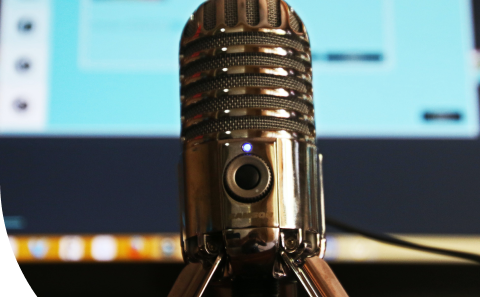
Are you a global marketing professional with stories to share?
Popular Posts
Popular industry news, interviews, technologies, and resources.
